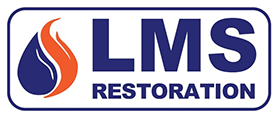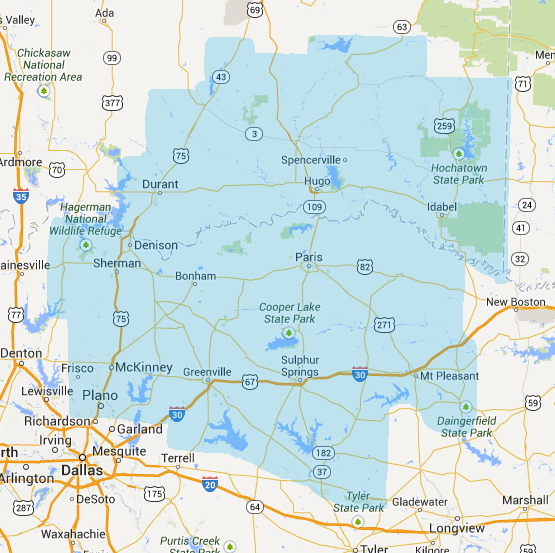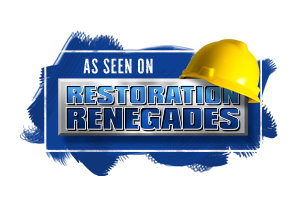Since - 1997
- Call now for a
- Free Estimate
- 903-229-4846 NE TX
- 281-572-8798 Houston

Water Damage Inspection Process in Alvin & Galveston, Texas
Knowing exactly what’s causing indoor flooding on your Texas property, how much water damage it has caused and what can be done about it are the crucial first steps towards a successful restoration effort. Here at LMS Restoration, we know this all too well and these three acts make up the core of our water damage inspection process.
When you contact us to ask for help, our courteous and professional representatives will schedule a free and thorough inspection of the water damage. Additionally, we will also provide you with our restoration recommendations, along with a repair price quote.
Here’s what you can expect when LMS Restoration comes to your home or place of business for a water damage inspection:
- Water source identification – If we arrive on the scene and the flooding is still not under control, do not worry: we can take care of that for you. We will find where the water is coming from and stop it at the source. We will then contain the water so it doesn’t spread to other areas on your property.
- Water sanitation check – There are three types of floodwater: white water, which is non-harmful, and non-contaminated water which comes out from faucets, water heaters and toilet water tanks. There is also gray water which contains contaminants that are not highly toxic. Examples include water from a washing machine, kitchen sink and dishwasher overflows. There is also black water. This type of water is hazardous to human health and contact with it must be avoided at all times. Water from toilet backflows, sewage and floodwater from natural disasters are prime examples.
The type of water flooding your property is a big factor in determining the kind of restoration plan we will recommend. White water damage is usually the easiest to deal with, while black water can cause irreparable damage that will likely require full replacements for things like carpets and draperies.
- Damage area mapping – In this part of the inspection process, we track down unwanted water presence in your home down to the last pockets. We need to make sure that your property is completely dry before we start repairs, cleanup and maintenance work. Using state-of-the-art equipment, we will let you know where all the water is and what kind of damage it is causing.
Contact us for a FREE Estimate
- Damage type classification – To file a successful insurance claim, we need to be very accurate with the documentation of the water damage. This involves classifying damage to your property as pre-existing, flooding-caused or secondary.
Pre-existing damage, as the name suggests, is damage to your property that has been there even before the indoor flooding happened. Flooding-caused is the damage that your property takes as a direct result of the flood. Secondary pertains to damage that happens as a complication of direct water damage. A good example of secondary damage is mold growth.
Depending on the terms of your insurance policy, we may be able to have flooding-caused and secondary damage covered.
- Recommendation and quote – After completing the inspection, we will provide you with the best restoration plan to get your property back to pre-flooding conditions. This will include details on the labor and materials involved in the project.
Call us today at 903-229-4846 or leave us a message at our Contact Us page. Our team of experts is ready to assist you 24 hours a day, seven days a week. For fire and water restoration services in the states of Texas and Oklahoma, trust only LMS Restoration.






